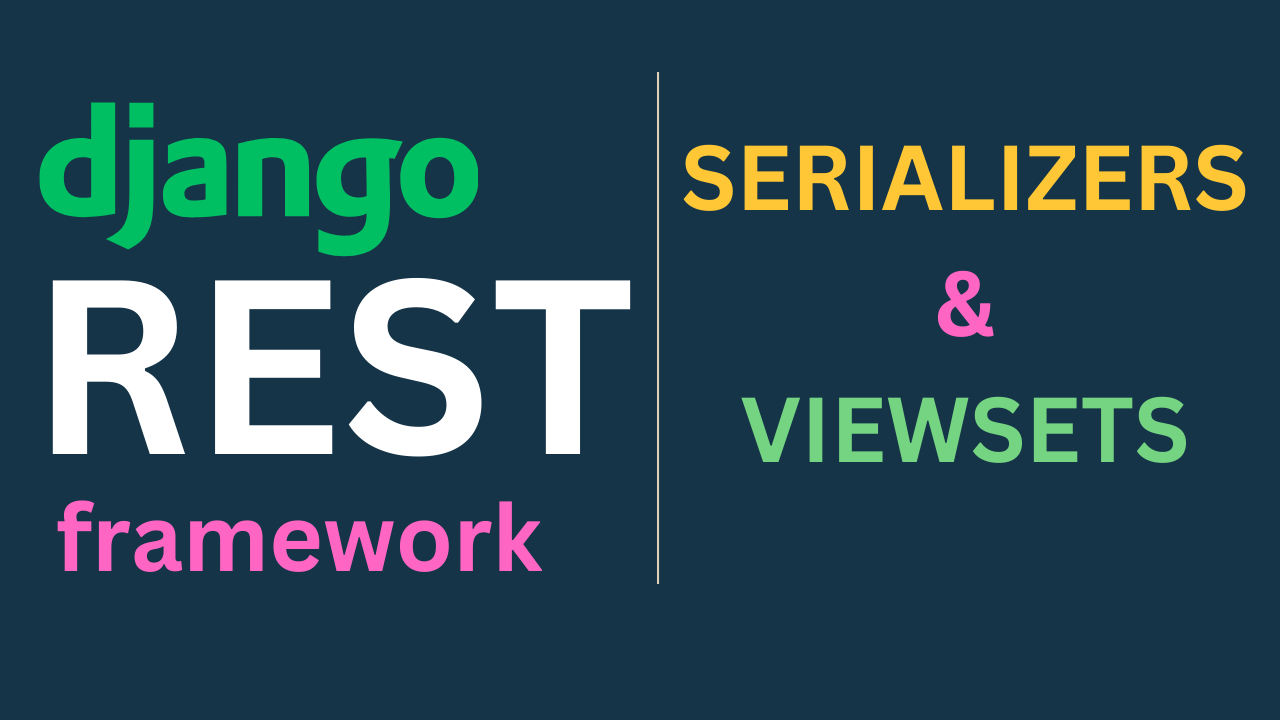
Understanding Docker Containers
What are Docker Containers?
Docker containers are lightweight, portable, and self-sufficient units that encapsulate an application and its dependencies. They enable consistent deployment across various environments, from development to production.
Benefits of Docker Containers
Portability and Consistency
Docker containers ensure consistent behavior across different environments, eliminating the "it works on my machine" problem. They can run on any platform that supports Docker.
Isolation and Resource Efficiency
Containers isolate applications, preventing conflicts between dependencies. They share the host OS kernel, making them more lightweight and efficient than traditional virtual machines.
Getting Started with Docker
Installation
Windows
To install Docker on Windows, you can use Docker Desktop, providing a user-friendly interface to manage containers.
macOS
For macOS users, Docker Desktop provides an easy way to set up and manage containers within the familiar macOS environment.
Linux
On Linux, Docker Engine can be installed directly, offering powerful command-line tools to interact with containers.
Basic Commands
docker run
The docker run command creates and starts a new container based on an image.
docker build
With docker build, you can create a Docker image based on a Dockerfile, which defines the container's configuration.
docker-compose
docker-compose simplifies multi-container application management using a YAML configuration file.
Use Cases and Applications
Development Environments
Docker simplifies setting up development environments by providing consistent setups for developers across different machines.
Continuous Integration/Continuous Deployment (CI/CD)
CI/CD pipelines leverage Docker to build, test, and deploy applications consistently and efficiently.
Microservices Architecture
Docker facilitates the implementation of microservices by containerizing each service, enabling scalability and easy management.
Best Practices
Single Responsibility Principle
Each container should have a single responsibility, focusing on running a specific process or service.
Efficient Image Management
Optimize Docker images by minimizing their size and layers to improve efficiency and performance.
Security Measures
Implement security best practices, such as regular updates, least privilege principles, and container vulnerability scanning.
Conclusion
Embracing Containerization with Docker
Docker containers revolutionize application deployment, offering agility, consistency, and efficiency. Understanding Docker's fundamentals and adopting best practices empowers developers and organizations to harness the full potential of containerization in modern software development.
